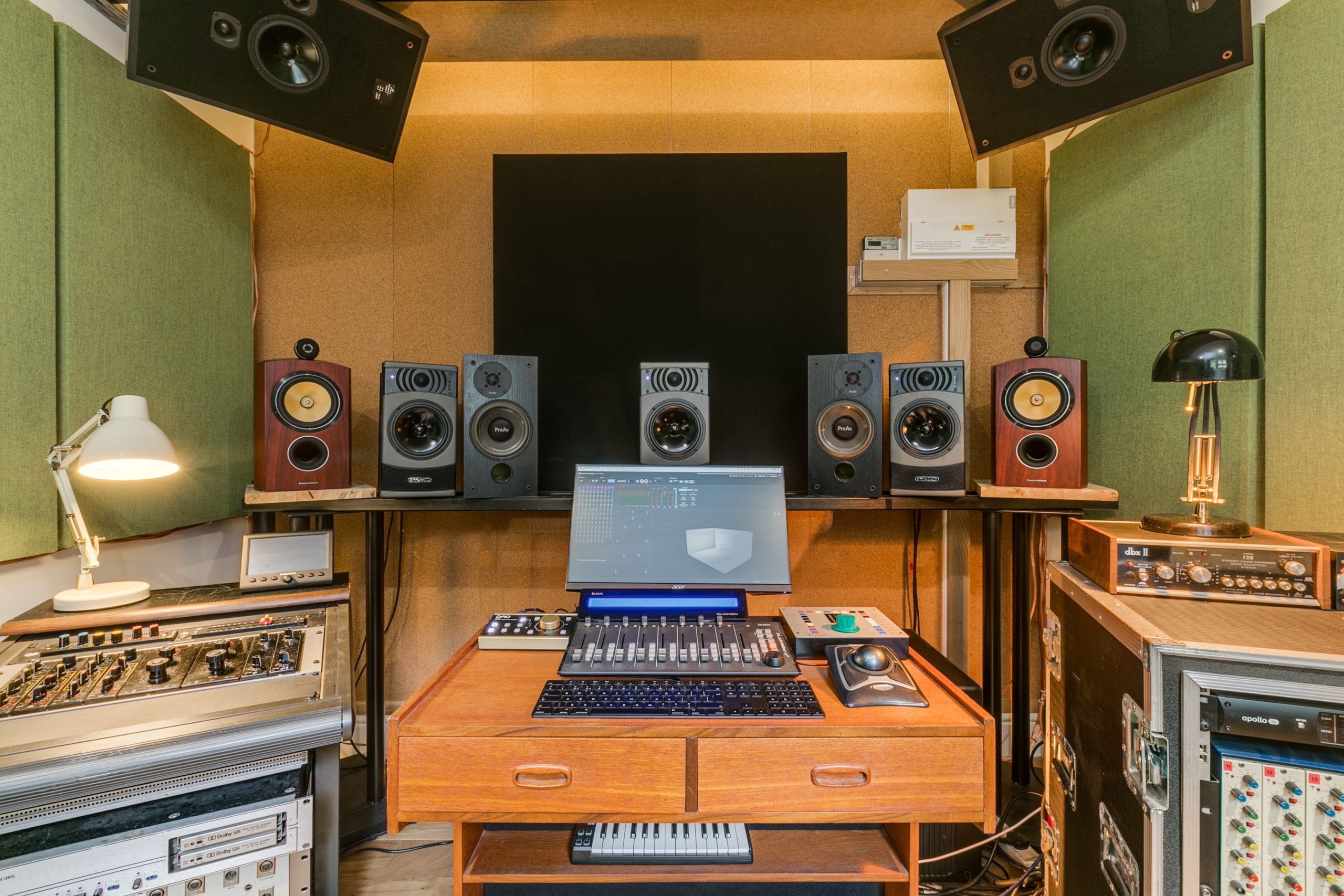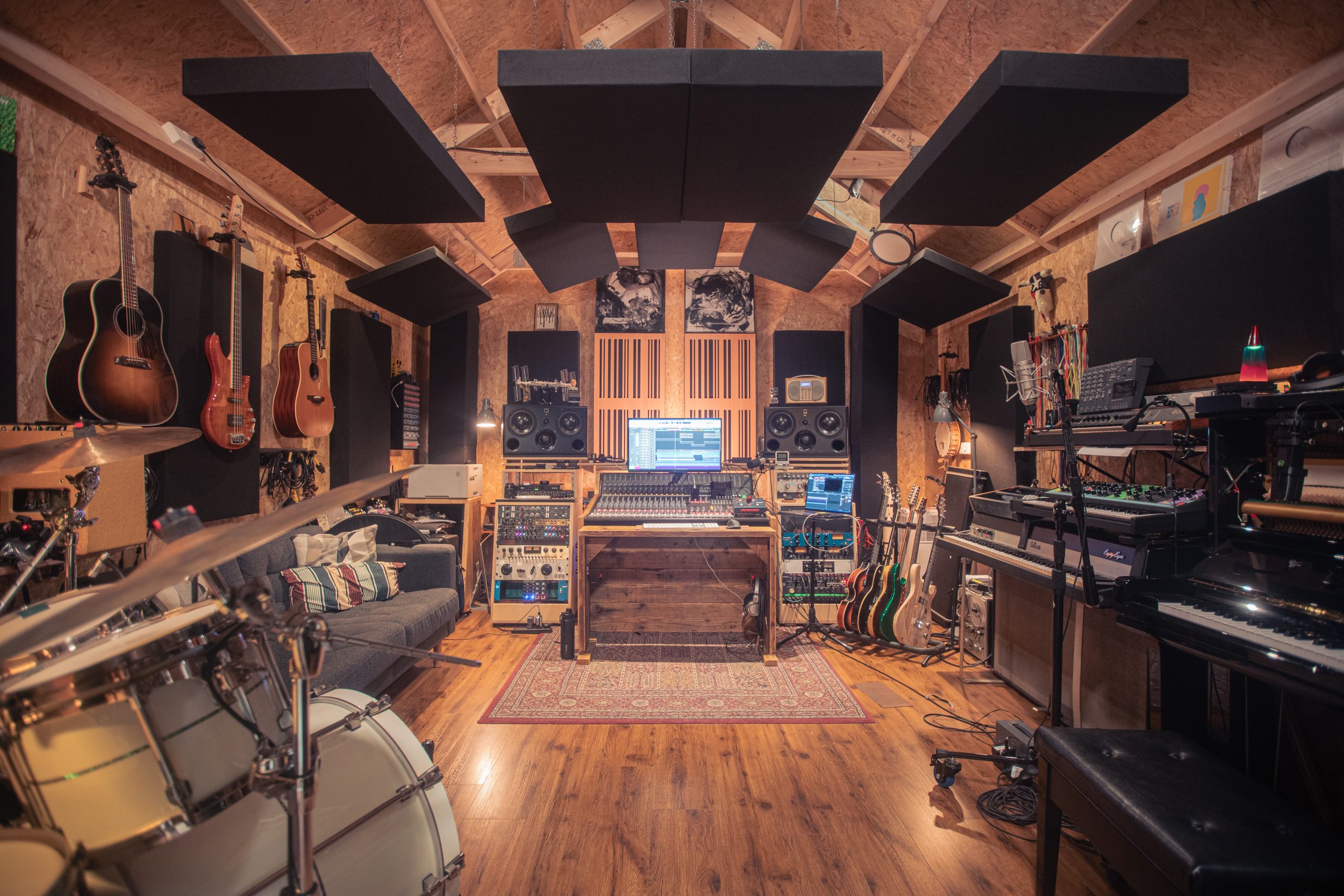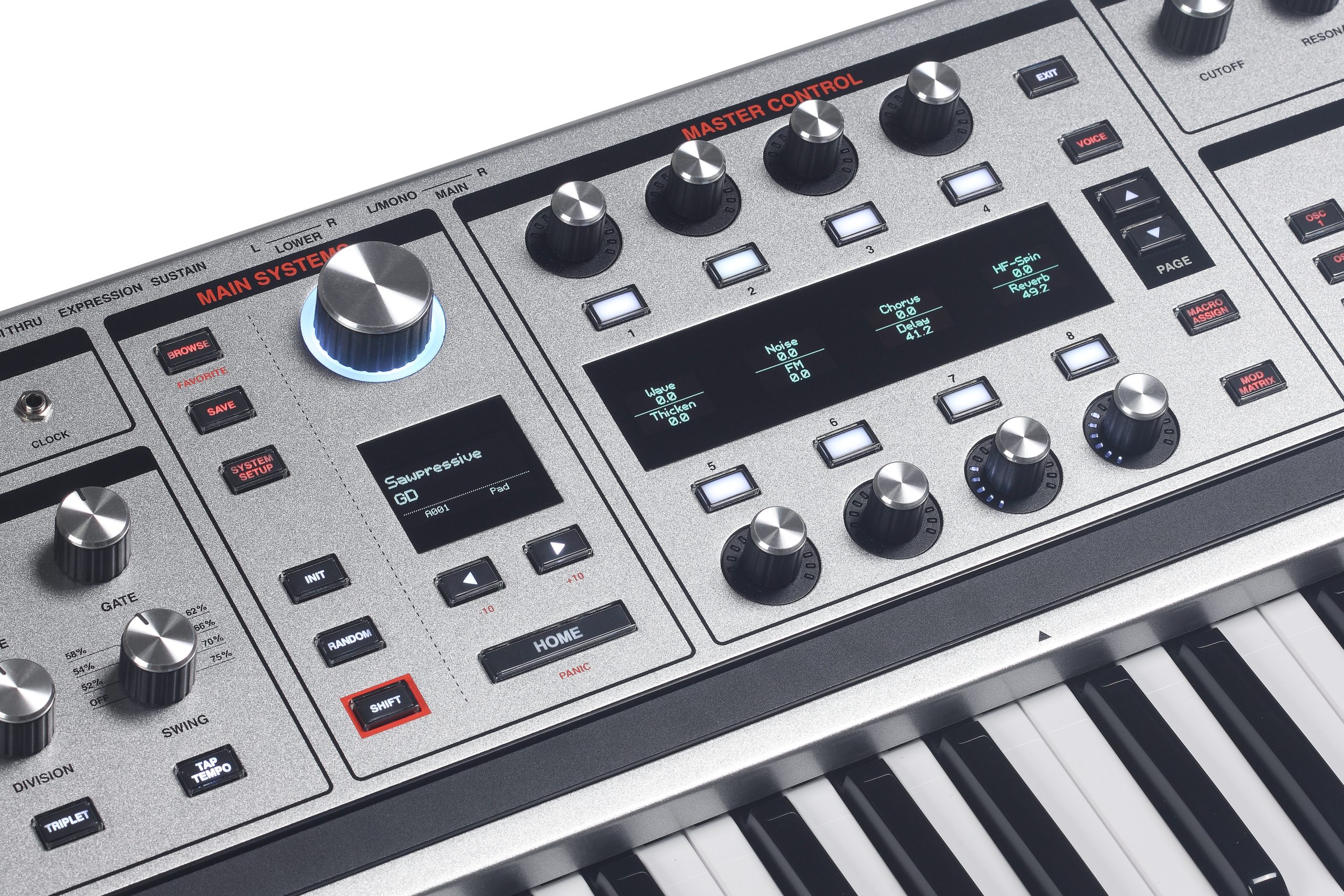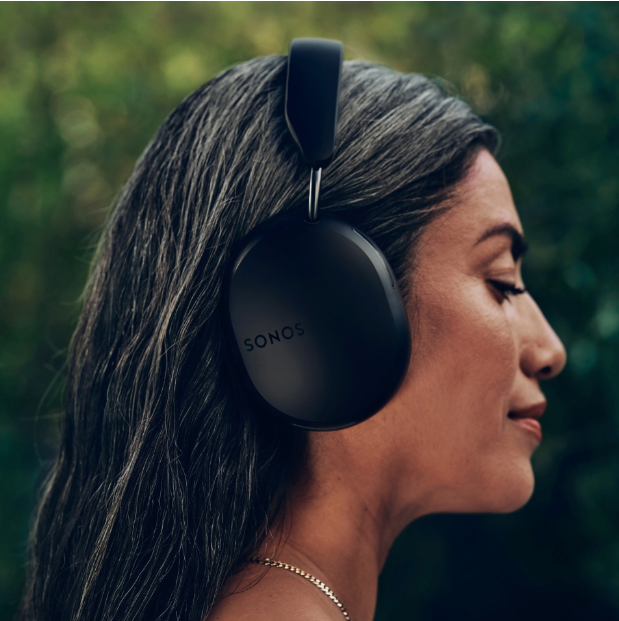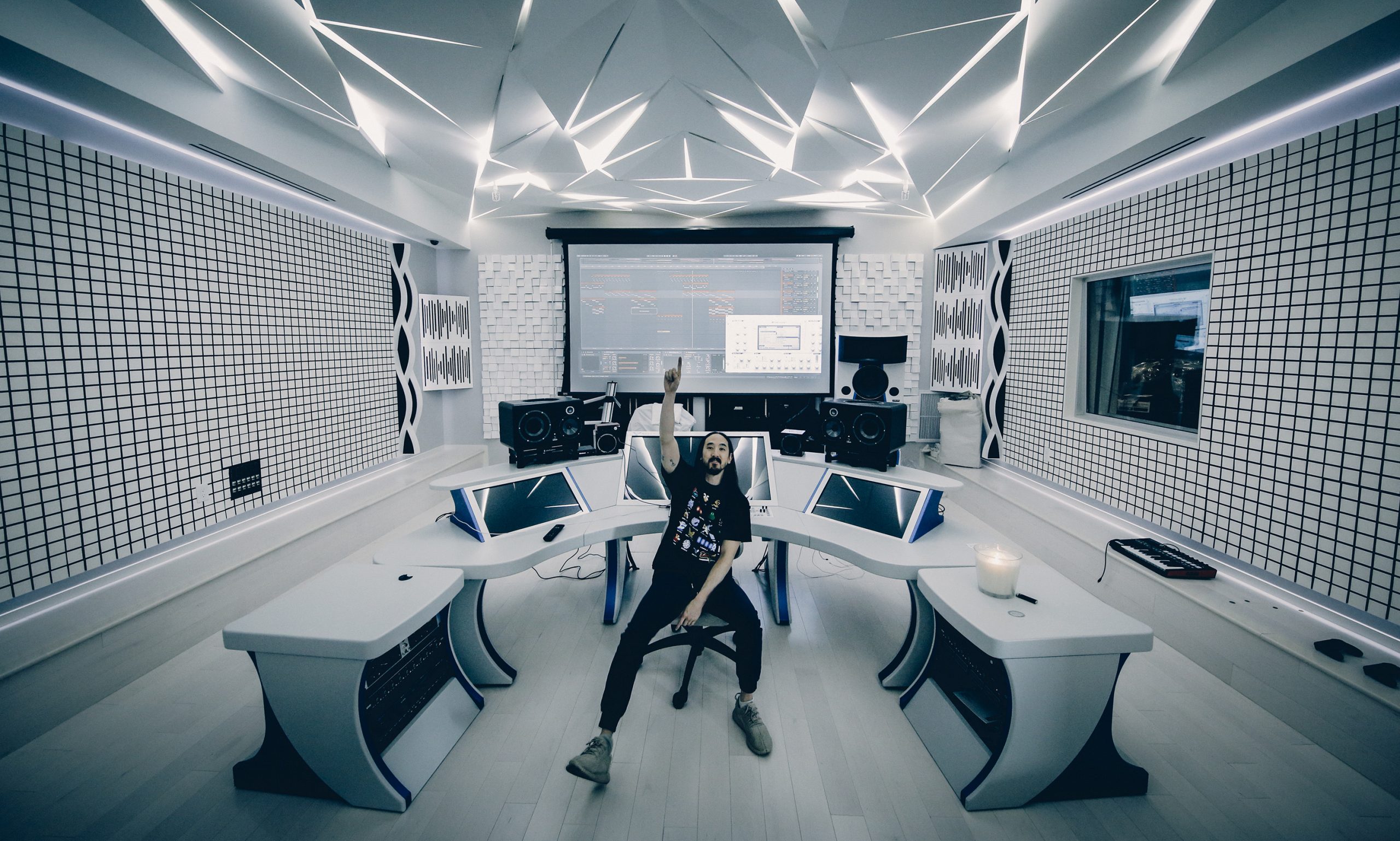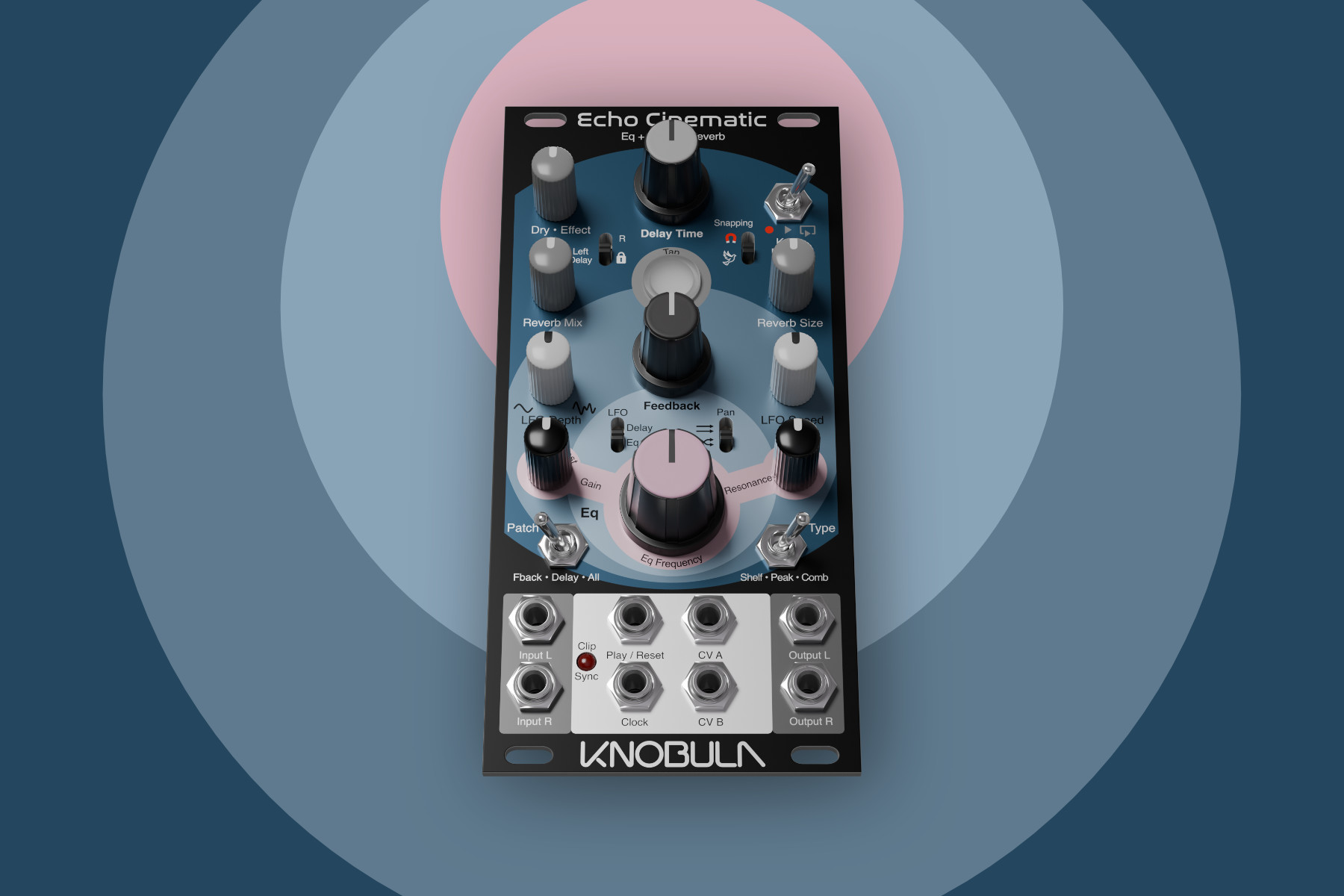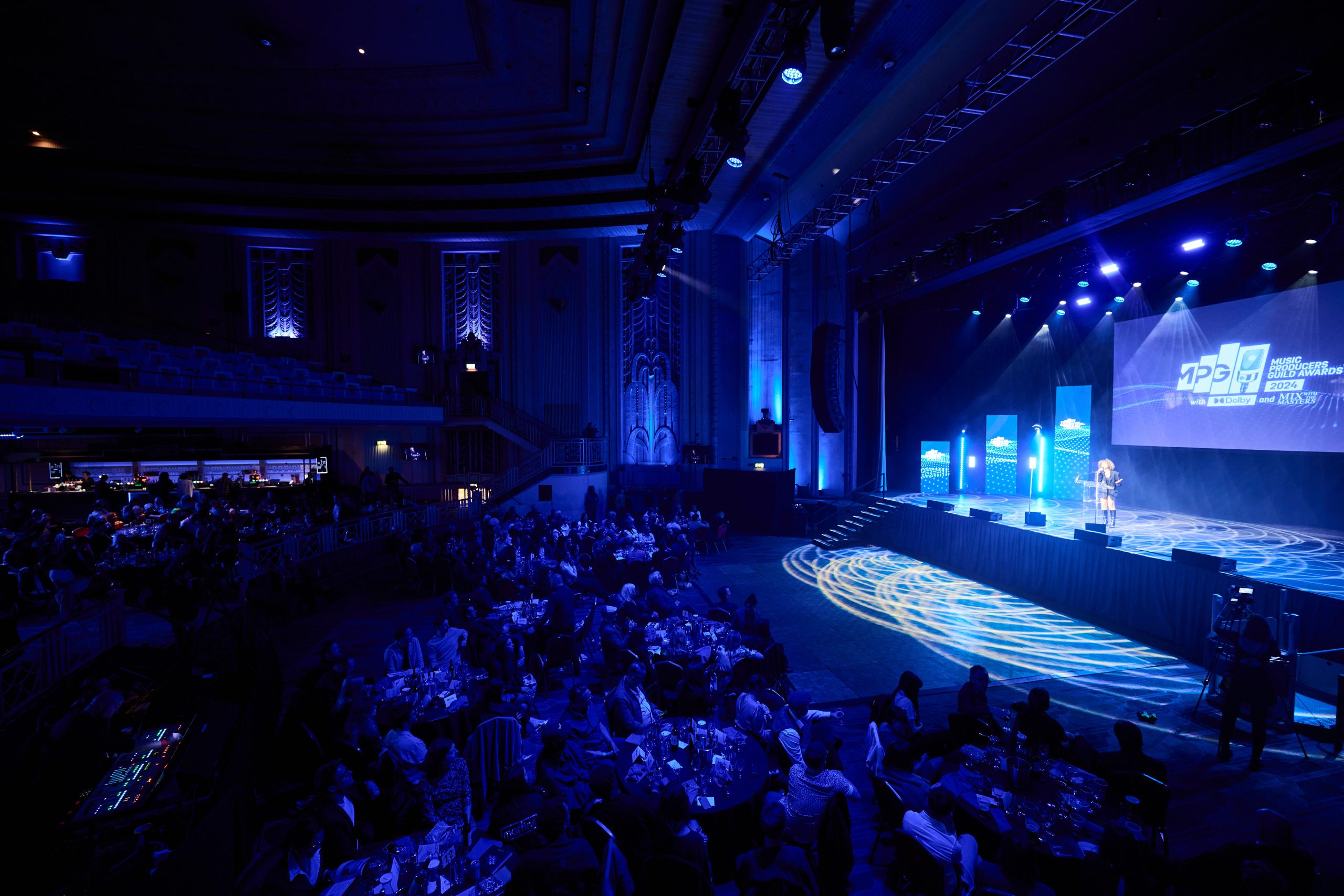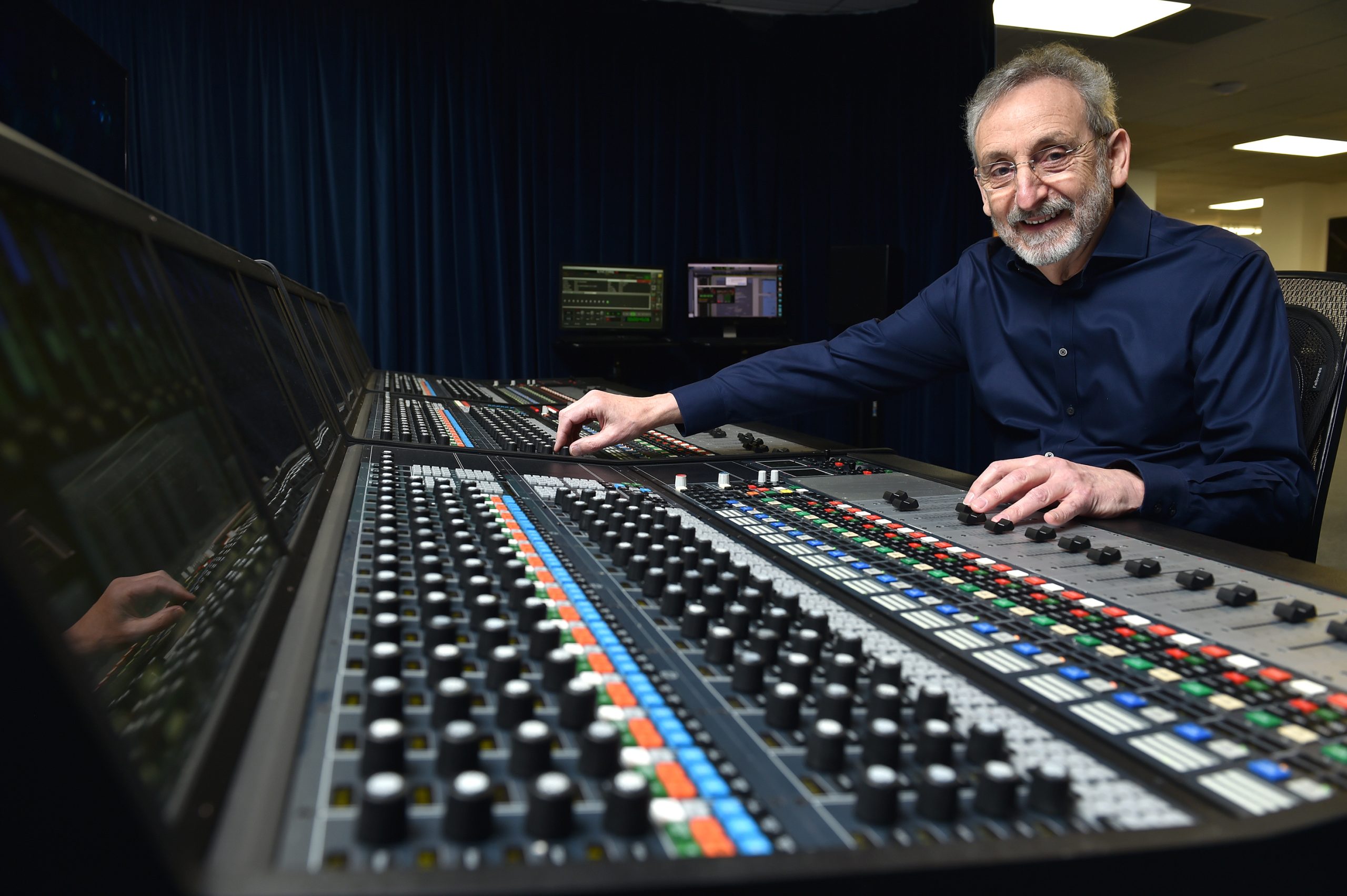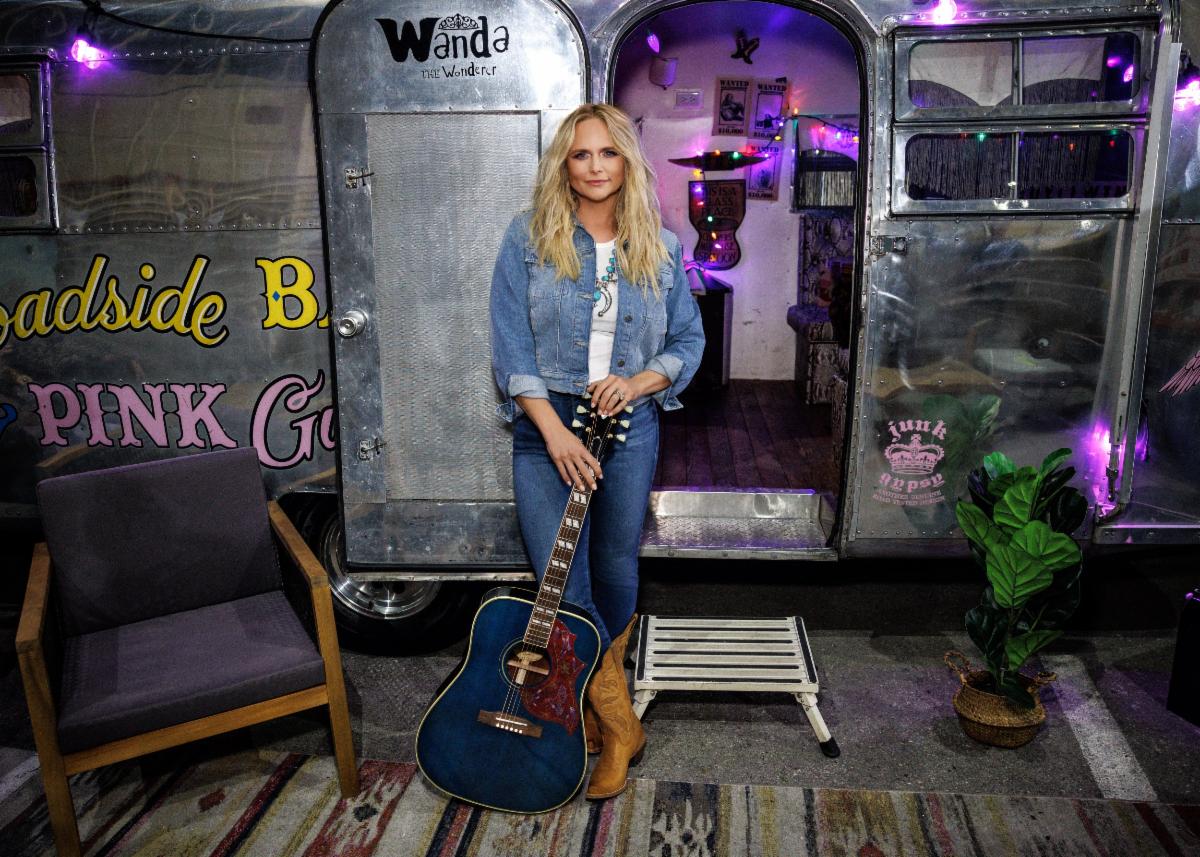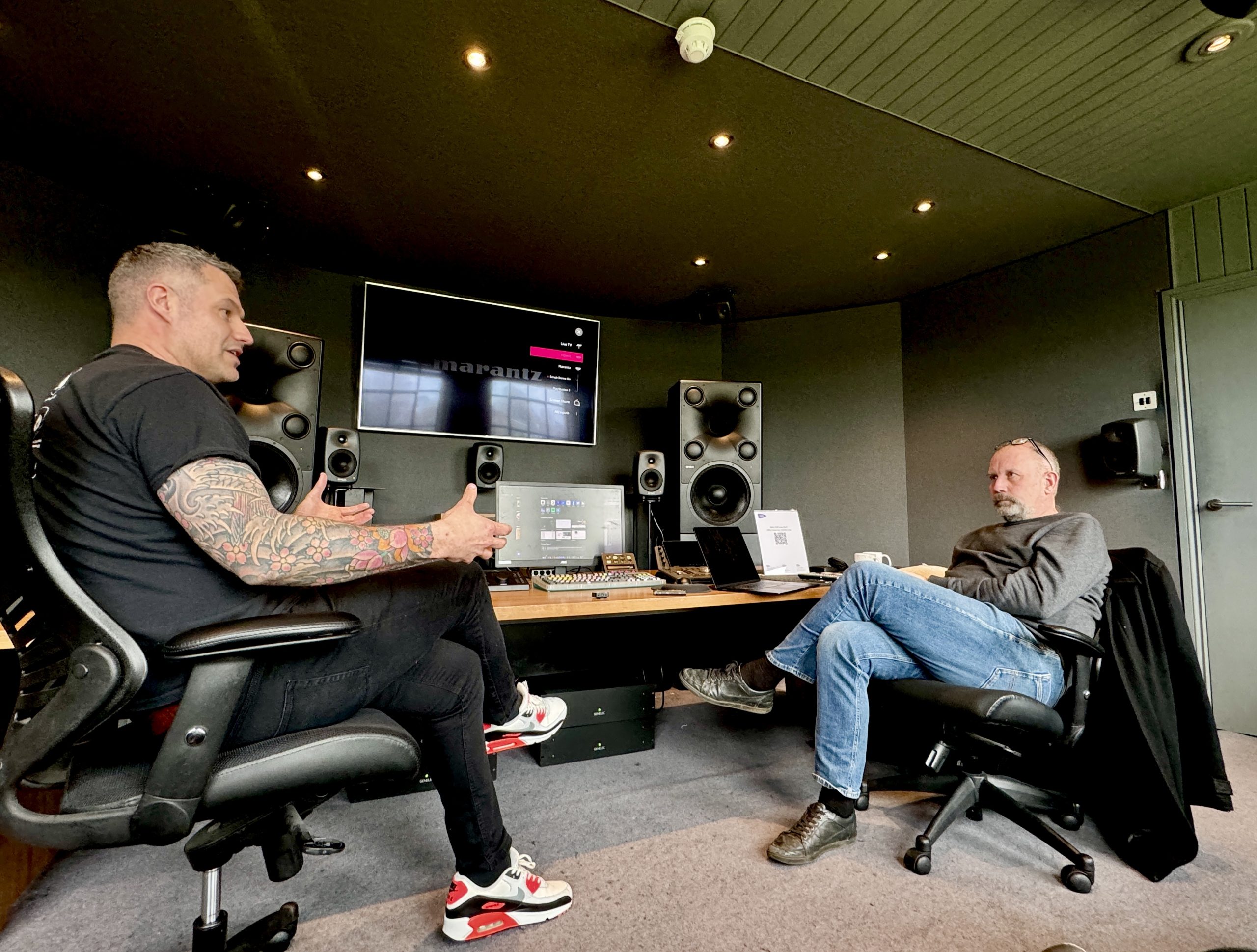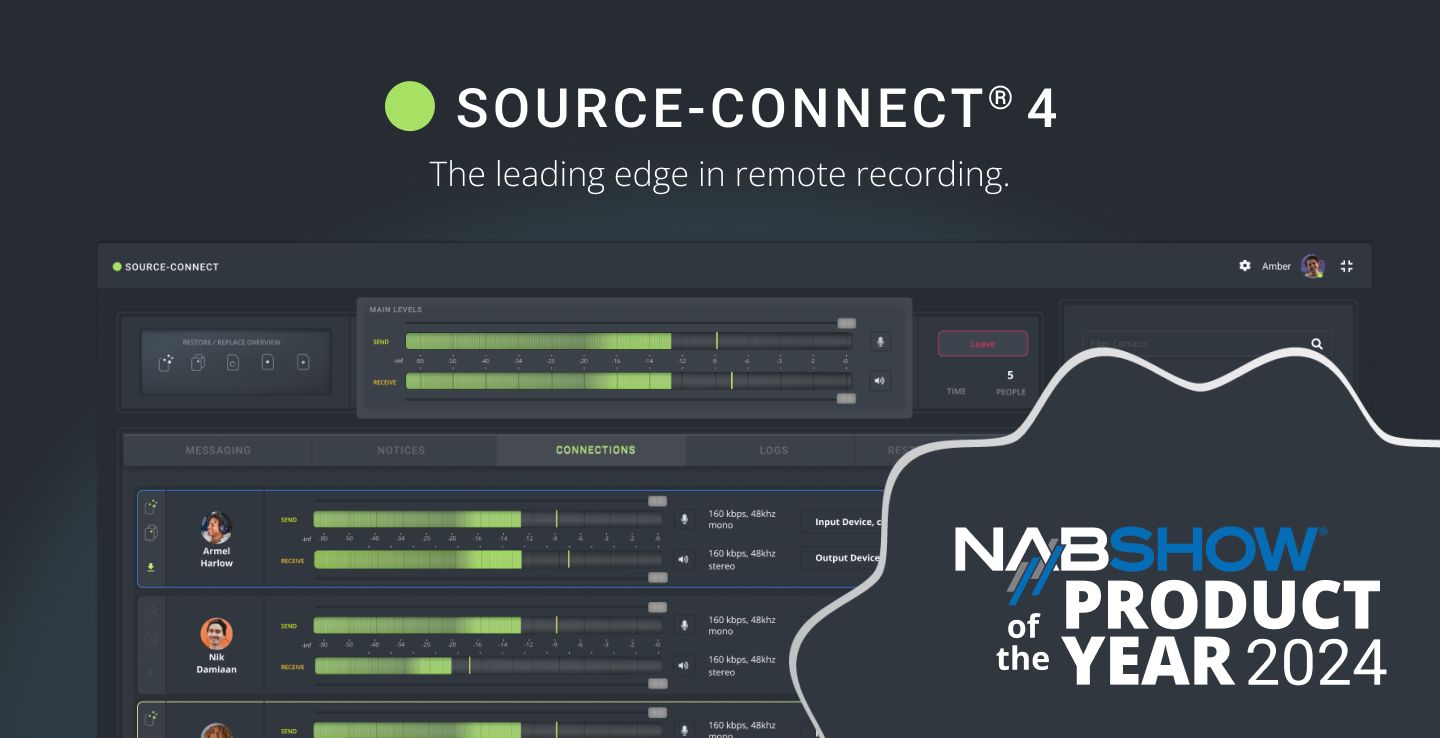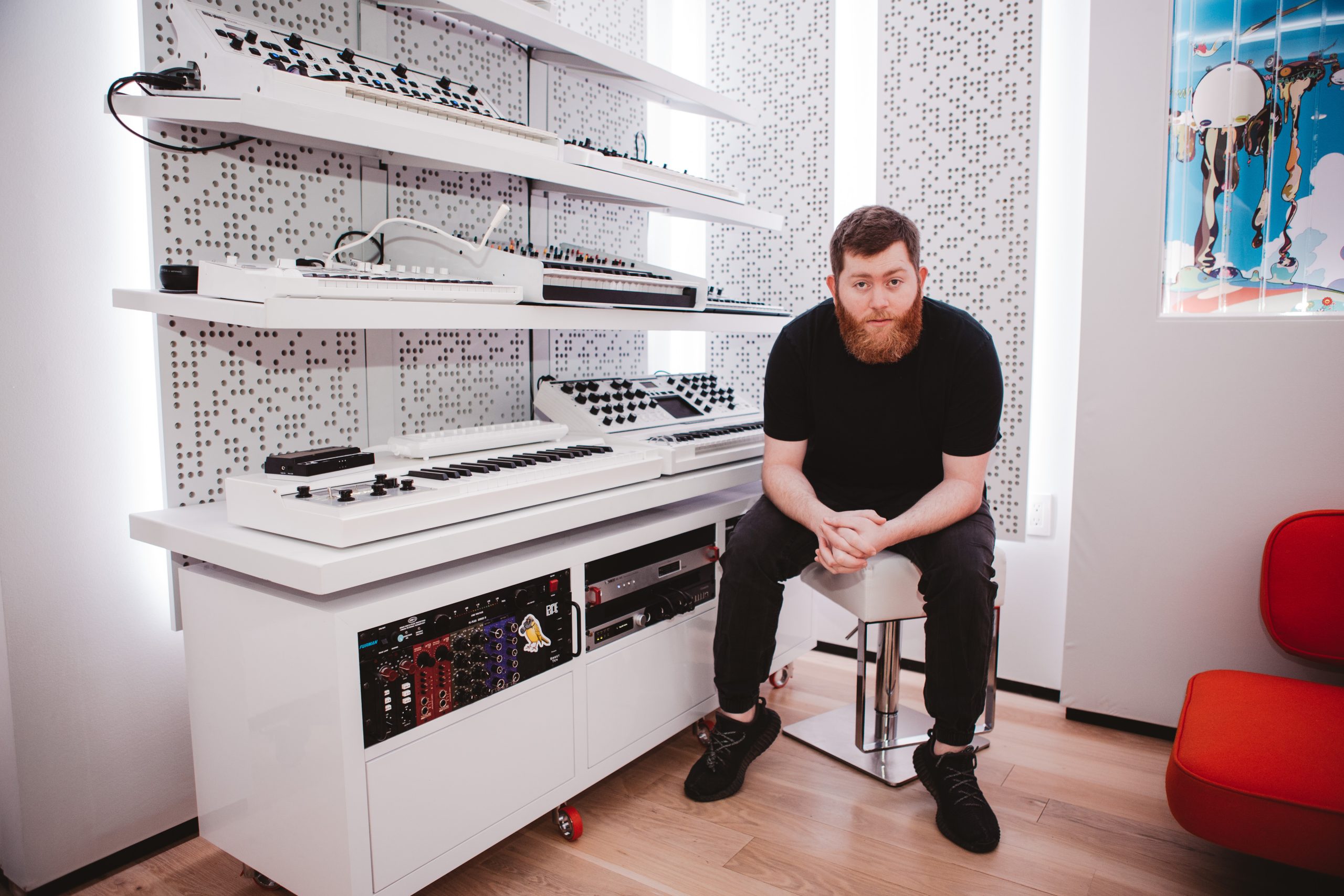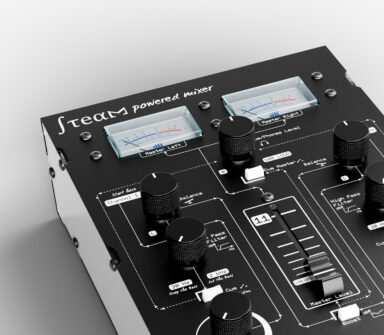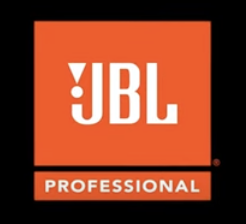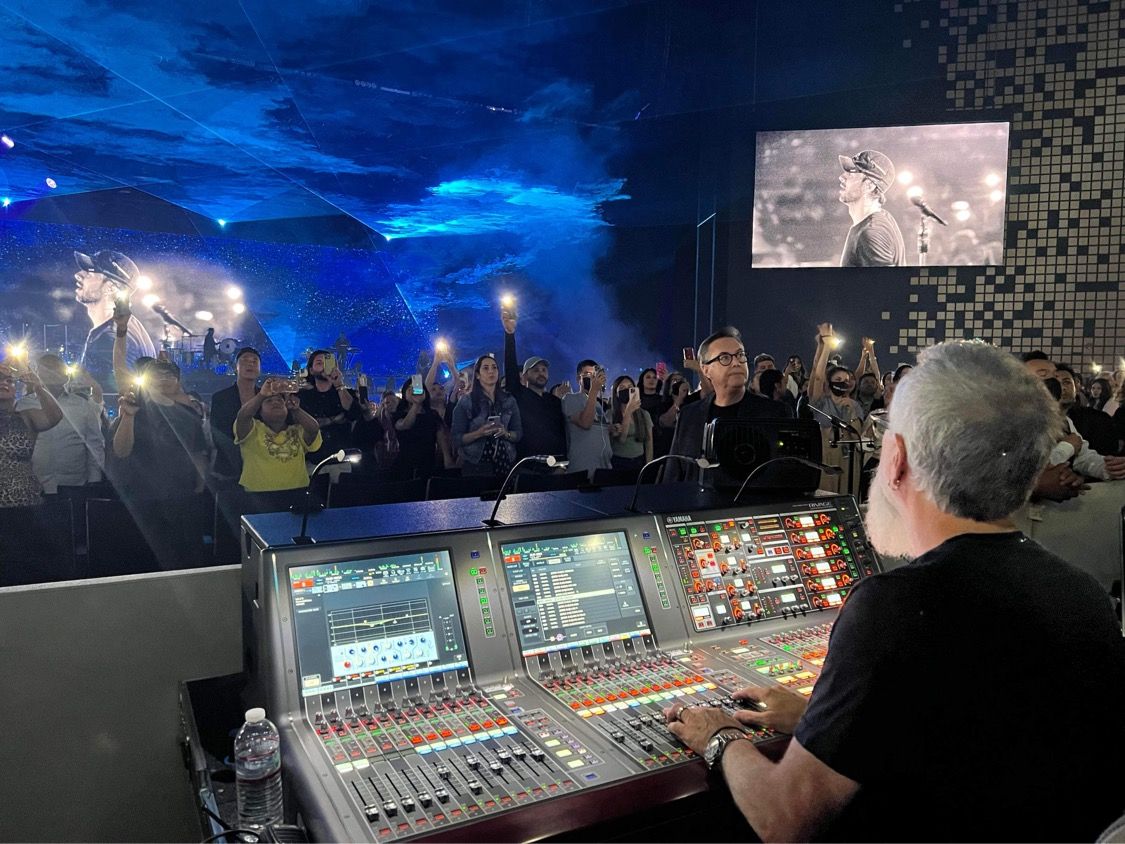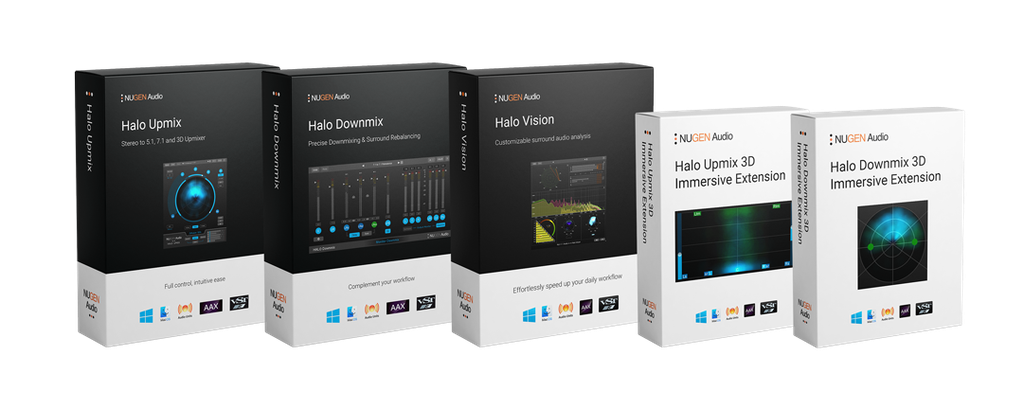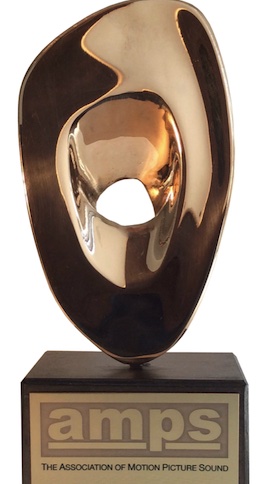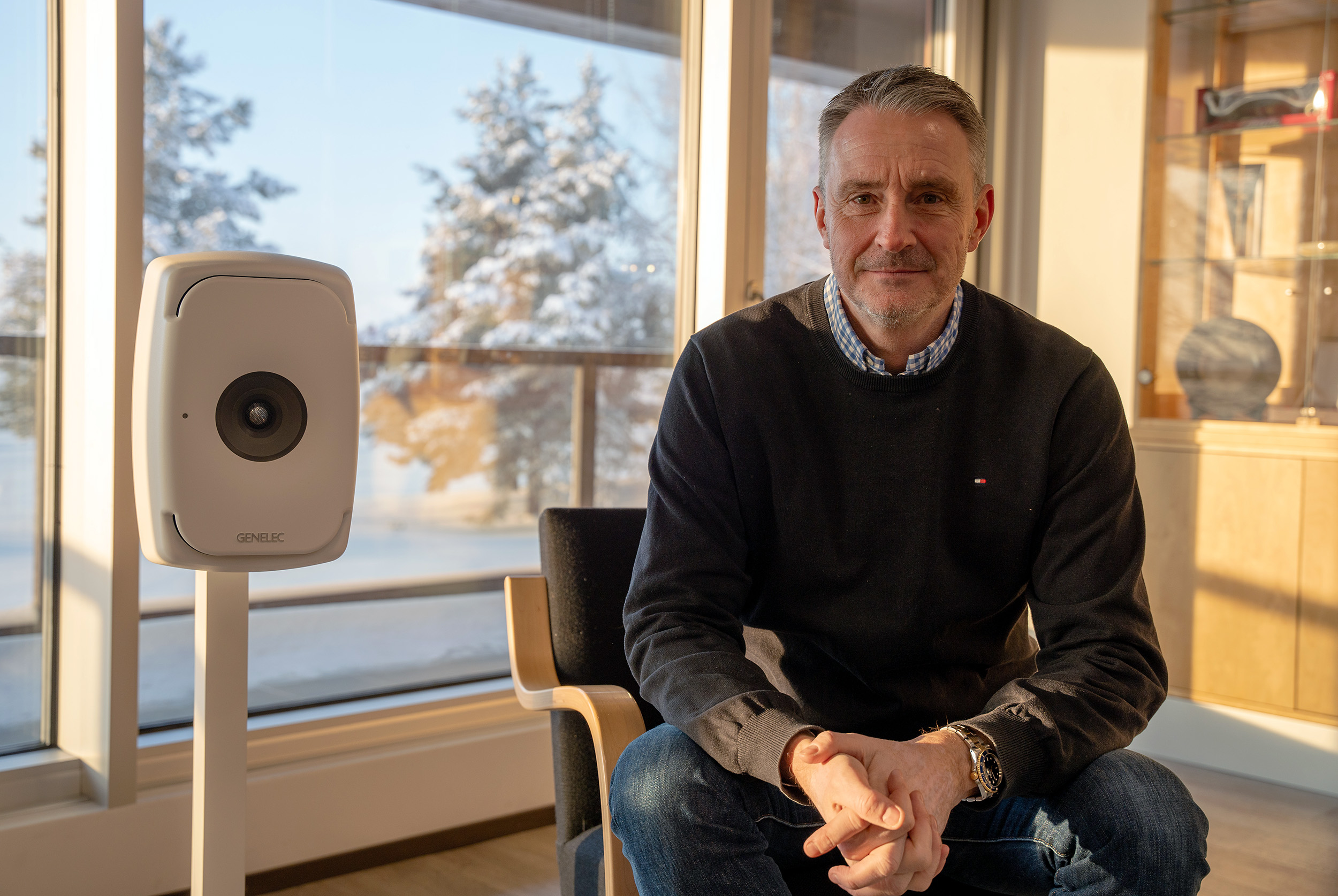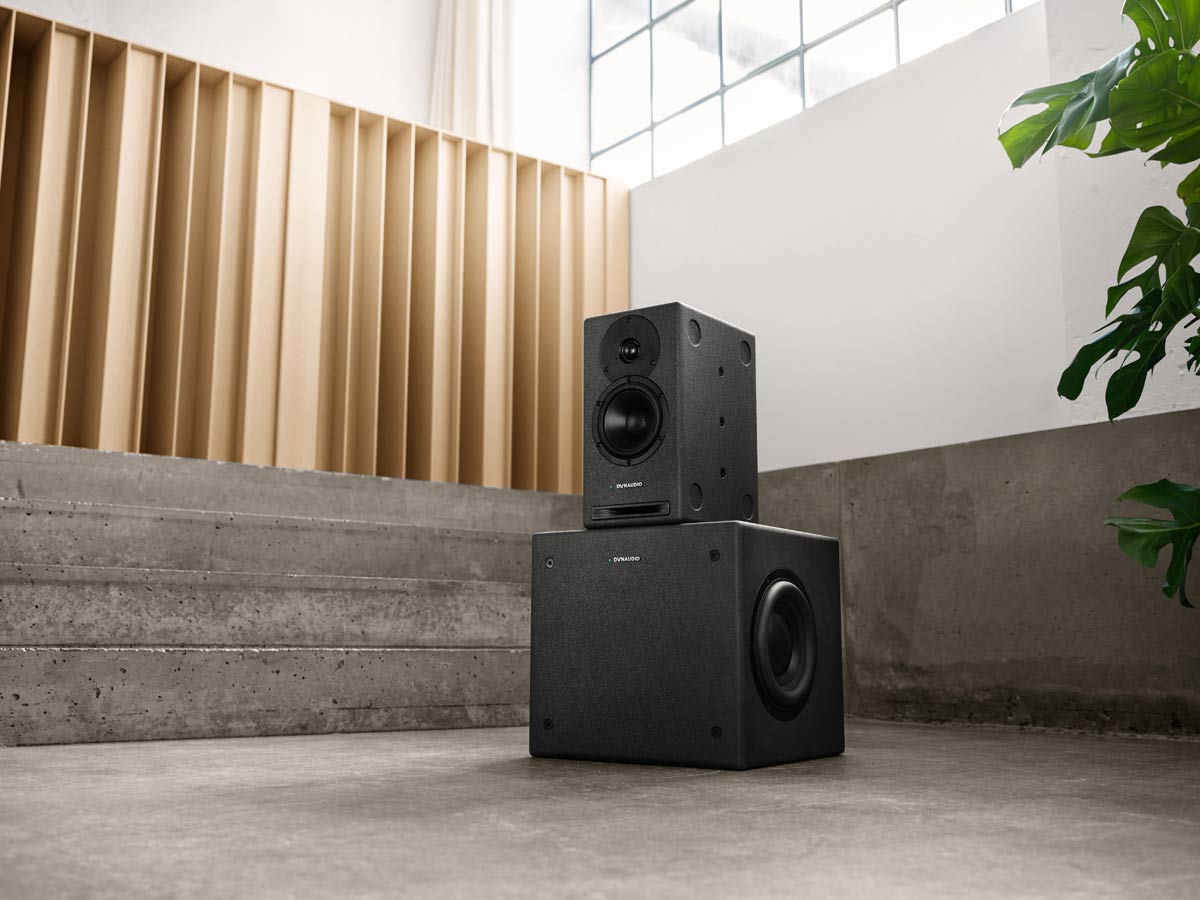HHB case study: how Eastcote Studios upgraded for Dolby Atmos Music
Climb the short spiral staircase in the courtyard of Eastcote Studios and you’ll find yourself in a compact Dolby Atmos Music mix room. The space is modest but it produces the most immersive of spatial audio mixes.
Eastcote’s resident Dolby Atmos evangelist is Director and Main Engineer Dyre Gormsen. He knew there would be complications upgrading the space for Dolby Atmos (“it’s smaller than the usual Dolby Atmos Studios”), but he was never in doubt that it would be a huge success.
“There were lots of challenges in finding the right solution for Eastcote, as not many (music studios) had actually done it at the time, mostly Dolby Atmos was being used for film post- production, which requires a much bigger system – with music it’s not the same…”
Enthuses Gormsen: “It’s a tight sounding room with lots of control that I had already worked in for two years, mastering and mixing. I love the sound, much like a pair of headphones, but it always felt like something was missing until we got the Dolby Atmos system.”
Moving from stereo to 7.1.4
Over a six-month period, Eastcote’s Mastering Studio was transformed from two channel to 7.1.4, with PMC professional speakers assigned. HHB guided the process to fruition, offering advice at every turn, and ensuring the installation matched Dolby’s Atmos specification.
“When it comes to installing Atmos in an existing studio, (success) really depends on the layout and solutions you choose. If you use PMC or a smaller speaker like Genelec, then you can properly fit it in some kind of format down to a 5.1.4 system, which is still enjoyable in a high degree,” says Gormsen.
“PMC has been involved with Dolby Atmos Music since the beginning in 2018, where they installed Wafer 2 at Capitol Records in LA. The Wafer speakers sound great for this format and really work well, they’re transparent with minimal colouring. This is really attractive when you’re working with both speakers and headphones, and you really need an honest sound.”

Eastcote Studios, based in London’s Ladbroke Grove, has a rich musical history. Founded in the 1970s by Chaz Jankel, of Ian Dury & The Blockheads fame, and engineer Philip Bagenal. It’s now owned by producer and musician Martin Terefe, it’s played host to some of the world’s most popular, and influential, musicians.
Adele, Arctic Monkeys, Massive Attack, Mumford & Sons, Depeche Mode, Placebo, Seal and Suede are just a few of the acts to record there.
Since the Dolby Atmos install, the facility has logged a number of high profile projects, including Jack Savoretti’s album Europiana, and tracks from emerging artists like Henjilla.
“Eastcote Studios has always been home to amazing recording facilities,” says Gormsen. “Dolby Atmos is something I brought into Eastcote Mastering, as I thought it was extremely exciting and definitely a great fit for our Mastering Studio. It’s important to stay on top of formats and be able to offer our customers a full delivery.”
And there’s more to come. The engineer reveals the studio is now in the process of creating a ‘plug and play’ Genelec Dolby Atmos room, which he says will be used for writing and composing in Dolby Atmos, directly from a laptop.
“This is something I have great expectations for, and it will hopefully add to the understanding of the Dolby Atmos format and demystify a lot of things for producers and artists working at Eastcote Studios.
A larger Dolby Atmos Music commitment
The Eastcote Studios upgrade is just part of a larger Dolby Atmos commitment. “We have also installed Atmos studios in our sister studios; the legendary Atlantis Studios in Stockholm, with a Genelec room, and the new established Kensaltown East Studios on Manhattan NYC, with a PMC room – actually it has exactly the same PMC setup as that used at Eastcote Mastering, for easy collaboration.”
With Amazon, Tidal and Apple firmly committed to immersive audio and Dolby Atmos in particular, it seems musicians are increasingly in tune with the potential of the new format.
“The understanding is definitely better and it’s starting to move in the direction of artists thinking about this before and while making their productions – knowing what will work great in Atmos – and this will definitely keep going. Artists have always been interested in technologies that can elevate the final production.”
Adds Gormsen: “I’m always excited about the projects we are involved in, both people and ideas. Lately I have been working with Mix Engineer Craig Sylvie on the ten-year anniversary edition of Of Monsters and Men’s first album, My head is an Animal, a real new classic that has inspired bands and the band’s sound for a decade now.”
Jack Savoretti, and the album Europiana, is another great example of the development and possibilities offered by the format and its sound quality, Dyre says.
“I can definitely feel a difference in the approach to the mixing for the new songs, both in stereo and for my sake in Dolby Atmos for the Encore edition, where they added four new songs.”The Encore Dolby Atmos edition will be released May 20 2022.
“This is a good example, as the record first came out just when Apple launched spatial audio.”
Dolby Atmos Music Mix room equipment
So what gear does Dyre Gormsen favour for his own workflow? “The heart of Dolby mixing is my interface, the AVID MTRX with the DAD MOM controller from NTP,” he says. “It’s an amazing piece of gear that allows you to work freely with no complications.
“The Focusrite Red Line 16 is also a great piece of gear that allows you a good workflow with Dolby Atmos. The only down side with that is you can’t calibrate your speaker system as you can with the SPQ MOM. That is said, it’s still worth considering, depending on your existing setup, workflow and needs.”
The DAD MOM ‘Monitor Operation Module’ is a hardware controller for DAD’s Pro|Mon monitor profile in their DADman control software. This allows control over monitor sources and destinations and multichannel level control for the AVID MTRX as well as DAD’s own interfaces. Combined with the speaker processing in the MTRX, it provides a comprehensive solution for simplifying control over even the most complicated of set-ups.
As for what’s next, the art of Dolby Atmos for Music is evolving fast, says the engineer.
“There’s absolutely constant development, as always, with mixing and making music, finding the right solutions to make it work across headphones and speaker systems and keeping the musical integrity of the mix or original mix. This has been an amazing journey and still is, every project has different sonics to consider!”
As for advice for those studio professionals coming fresh to the format, Gormsen says: “Be curious and use your inner judgement when you start mixing, and remember: less is more!”


